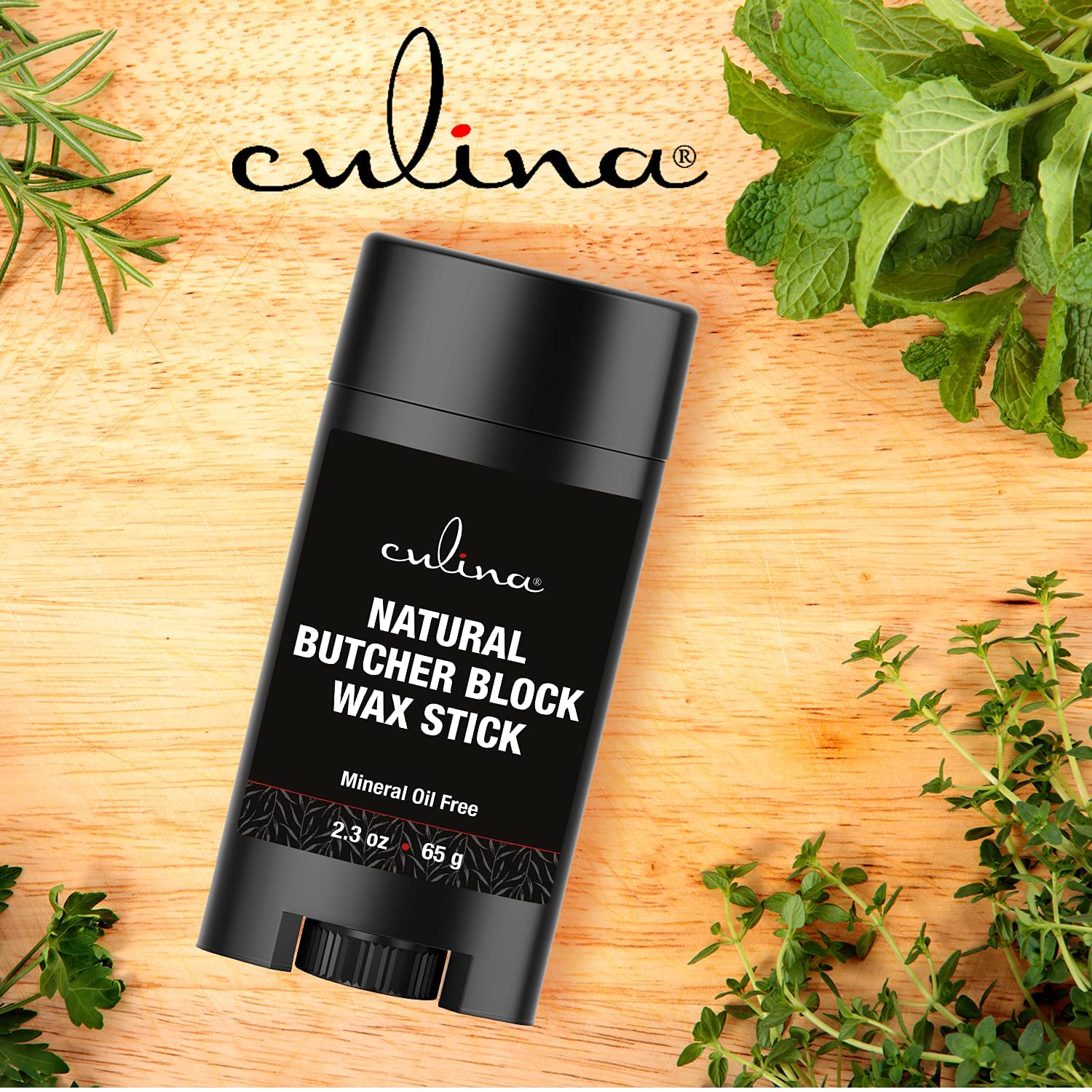Maintaining a cutting board is essential for anyone serious about their kitchen tools. One critical aspect often overlooked is oiling a cutting board. Let’s delve into this topic to understand why it’s so important, especially for kitchen professionals.

The Importance of Oiling Your Cutting Board
Oiling a cutting board is crucial to maintain its longevity and functionality. A well-maintained board is less likely to crack, warp, or harbor bacteria.
Prevents Cracking and Warping
Wood is a natural material that reacts to moisture and dryness. With regular oiling, the wood absorbs the oil, which helps prevent cracking and warping.
Enhances Durability
Constant use of a dry cutting board can make it brittle. Oiling enhances the board’s durability, making it last longer and perform better.

How to Oil Your Cutting Board
Oiling your cutting board isn’t complicated but requires a few careful steps.
Choosing the Right Oil
Not all oils are suitable for cutting boards. Kitchen professionals often recommend using mineral oil because it’s food-safe and doesn’t spoil.
Application Process
First, clean the board thoroughly. Apply a generous amount of oil and spread it evenly using a cloth. Let it absorb overnight, then wipe off any excess.
Frequently Asked Questions
Is it necessary to oil a cutting board?
Yes, oiling is essential to prolong the life of your cutting board and keep it hygienic.
How often should you oil a cutting board?
For frequent use, oil your cutting board once a month.
Can I use olive oil to oil my cutting board?
No, olive oil can go rancid. Use mineral oil or other food-safe oils.
For more detailed information on cutting board maintenance, you might want to visit this resource.
Links to related articles: Knife Cleaning, Sanitize Board, Board for Fruit.
As an Amazon Associate, I earn from qualifying purchases.

